Trump unleashes trade war with latest tariffs on China
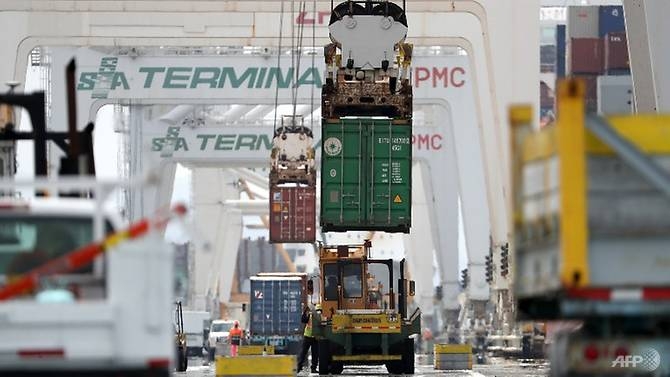 |
| A shipping container is offloaded from the Hong Kong based CSCL East China Sea container ship at the Port of Oakland on June 20, 2018 in Oakland, California. (Photo: AFP/Getty Images North America/Justin Sullivan) |
Beijing was expected to immediately retaliate dollar-for-dollar with its own counter-tariffs after Trump imposed 25 per cent duties on about US$34 billion in Chinese machinery, electronics and high-tech equipment including autos, computer hard drives and LEDs.
The arrival of the long-threatened tariffs marked the failure of months of dialogue between the world's two largest economies and came amid hand-wringing from industry leaders who fear shrinking markets, higher prices and slower growth.
The tariffs' arrival also made real a campaign-trail pledge for Trump, who has fulminated for years against what he describes as Beijing's underhanded economic treatment of the United States.
US officials accuse China of building that country's emerging industrial dominance by stealing the "crown jewels" of American technological know-how through cyber-theft, forced transfers of intellectual property, state-sponsored corporate acquisitions and other alleged practices.
And they say the current US economic strength, as well as America's soaring trade deficit in goods, means the world's largest economy can outlast its rivals in the current tit-for-tat battle, presenting Washington with a rare window of opportunity to settle old scores.
The US trade deficit in goods with China ballooned to a record US$375.2 billion last year, further stoking Trump's ire.
But it remained to be seen whether the American president would carry out recent threats to respond to any Chinese retaliation with maximum pressure - raising US duties on Chinese goods in increments of US$200 billion until virtually all the goods America buys from its largest trading partner are subject to duties.
But, aboard Air Force One on Thursday en route to Montana, Trump erased any hope of an about-face. He said Washington stood ready to slap duties on hundreds of billions more in Chinese imports once Friday's tariffs took effect.
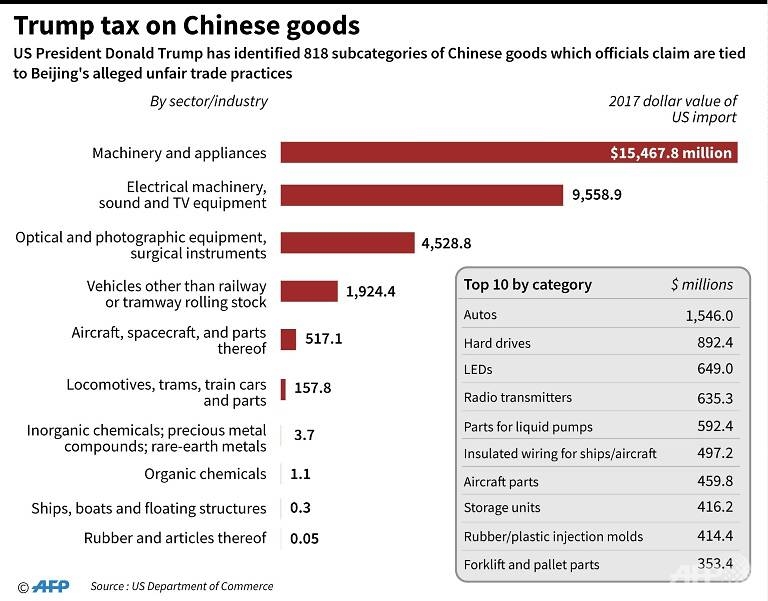 |
| Chart showing the 2017 value of sectors that will be hit by President Donald Trump's first round of 25 percent tariffs on Chinese goods AFP/John SAEKI |
RED STATES FEEL THE PINCH
As the tariffs' start approached at midnight, the US central bank warned Thursday the impending trade battle was beginning to darken the otherwise blue skies of the robust American economy, now starting its 10th year of recovery.
Businesses around the United States told the central bank that spending plans had been scaled back or postponed and they also warned of further adverse effects from the trade conflict, according to a Federal Reserve survey.
An industrial survey confirmed that companies were white-knuckling their way through Trump's intensifying, multi-front trade assault.
"We're starting to see signs of inflation, not sharp inflation, but definitely inflation," Anthony Nieves, head of a services industry survey committee for the Institute for Supply Management, told reporters on Thursday.
The start of the trade war likely confirms the widening rupture between Trump and his own Republican Party, a traditional champion of free trade and big business whose members, while critical, have so-far shrunk from curtailing the White House's trade powers.
But, with the GOP facing strong political headwinds ahead of November's mid-term elections, China's countermeasures left both Trump and Republican lawmakers increasingly vulnerable to voters who appear likely to boost the fortunes of opposition Democrats.
The powerful US Chamber of Commerce, a principal corporate lobby, said this week that retaliation from China, Canada, Mexico, the European Union and others against Trump's tariffs was already affecting US$75 billion in US exports - much of this from states that had narrowly supported Trump in 2016's presidential elections.
What the stars mean:
★ Poor ★ ★ Promising ★★★ Good ★★★★ Very good ★★★★★ Exceptional
 Tag:
Tag:
Related Contents
Latest News
More News
- Thailand seeks to promote digital training (November 04, 2024 | 16:14)
- Indonesia attracts foreign investment in technology sector (November 04, 2024 | 16:08)
- Tropical storm Trami leaves at least 24 people dead in Philippines (October 24, 2024 | 17:36)
- Singapore grants conditional approval for solar power import from Australia (October 24, 2024 | 17:27)
- ASEAN digital economy set to reach $2 trillion by 2030 (October 22, 2024 | 15:08)
- Thailand asks Laos to waive visa fee at border checkpoints to boost tourism (October 21, 2024 | 17:23)
- Laos pledges to continue efforts to empower girls (October 21, 2024 | 17:17)
- Chinese electric vehicle maker to build plant in Indonesia (October 21, 2024 | 17:12)
- Vietnam Elevator Association introduces Elevator Safety Application to the world (October 18, 2024 | 09:00)
- A taste of the future - the go-to spot at the Worldchefs Congress & Expo 2024 (October 15, 2024 | 16:11)










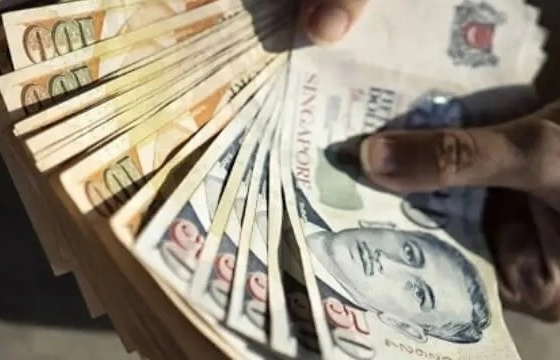
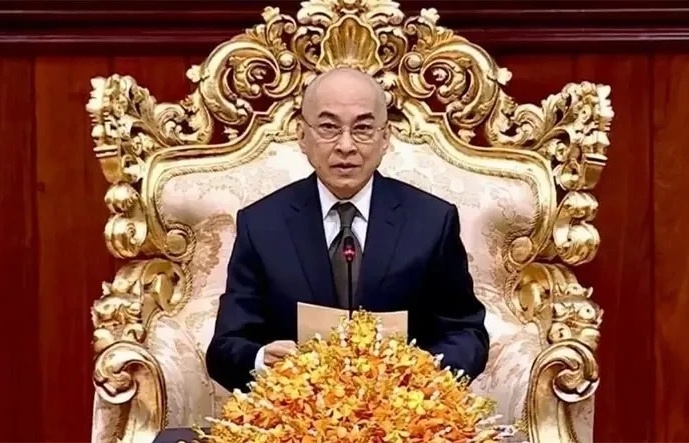
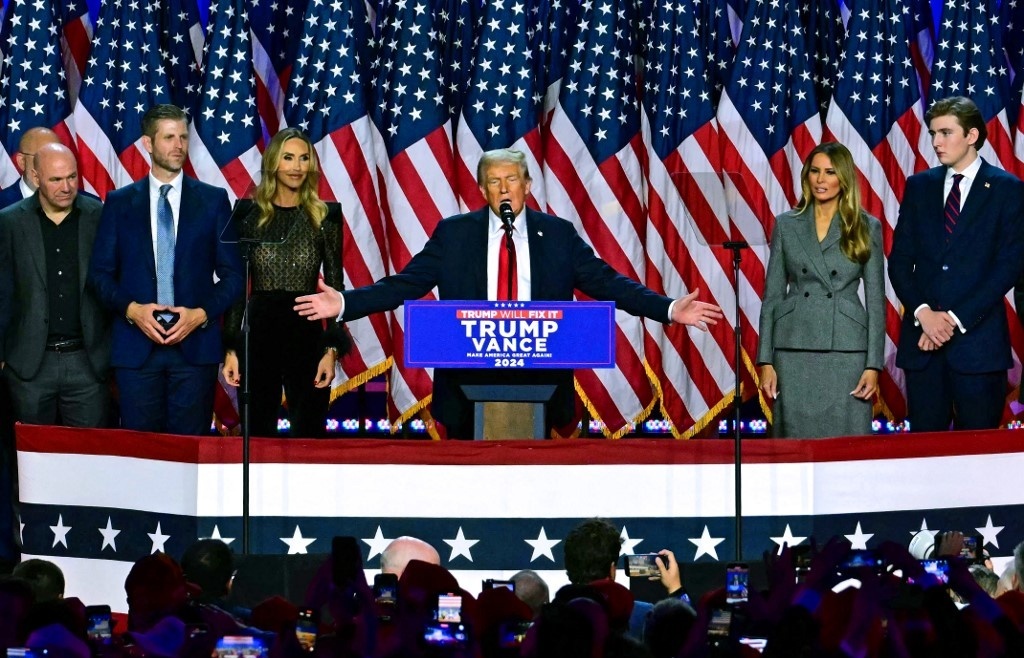
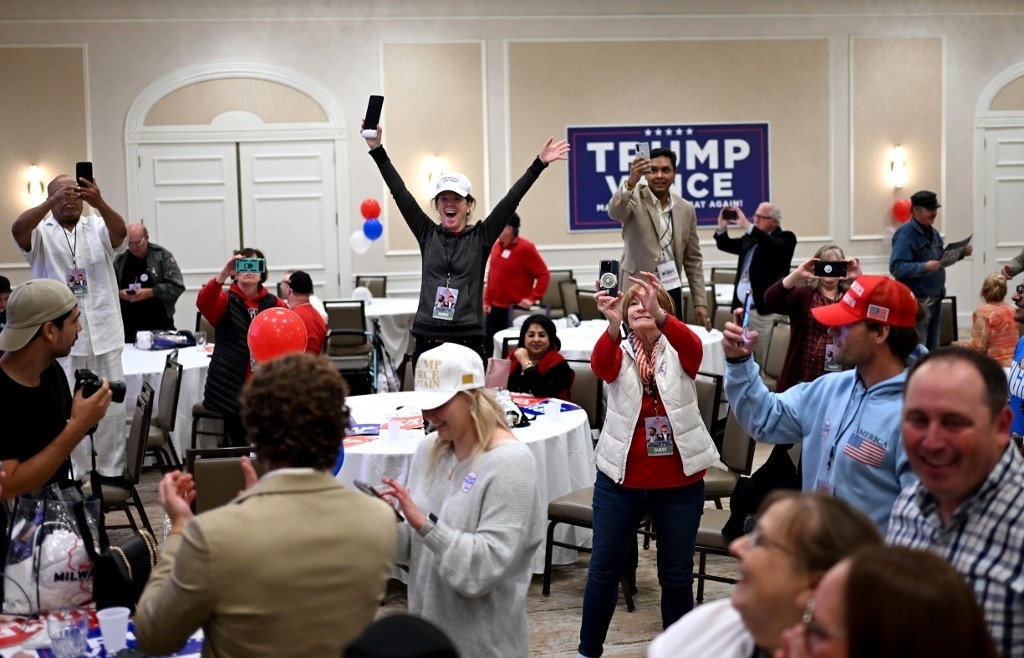
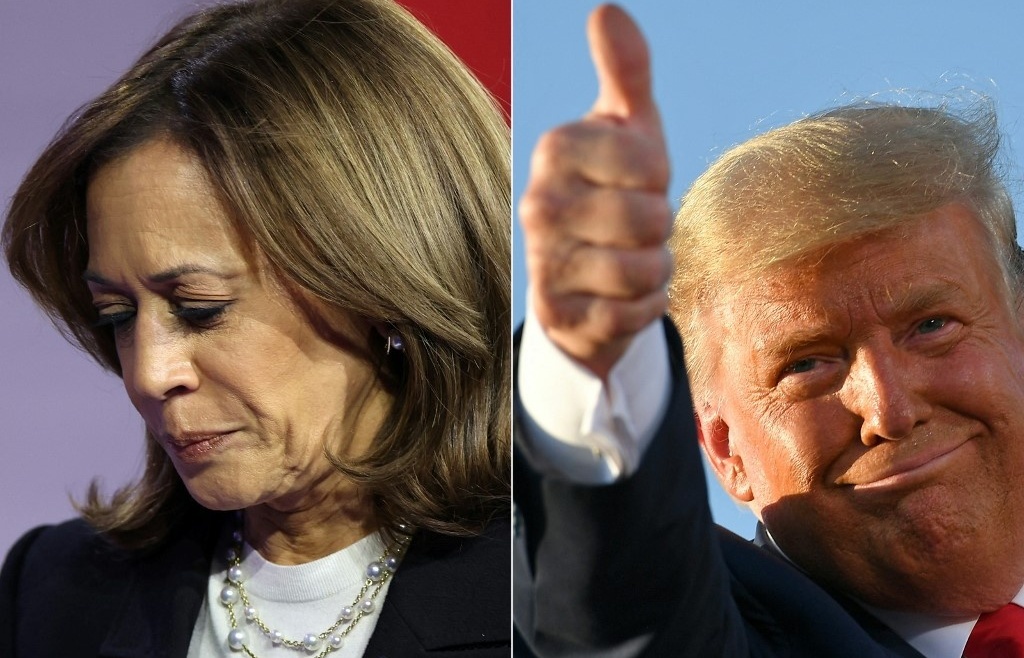
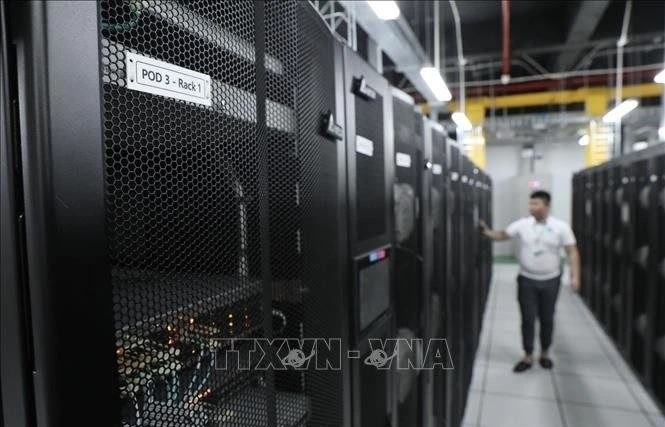



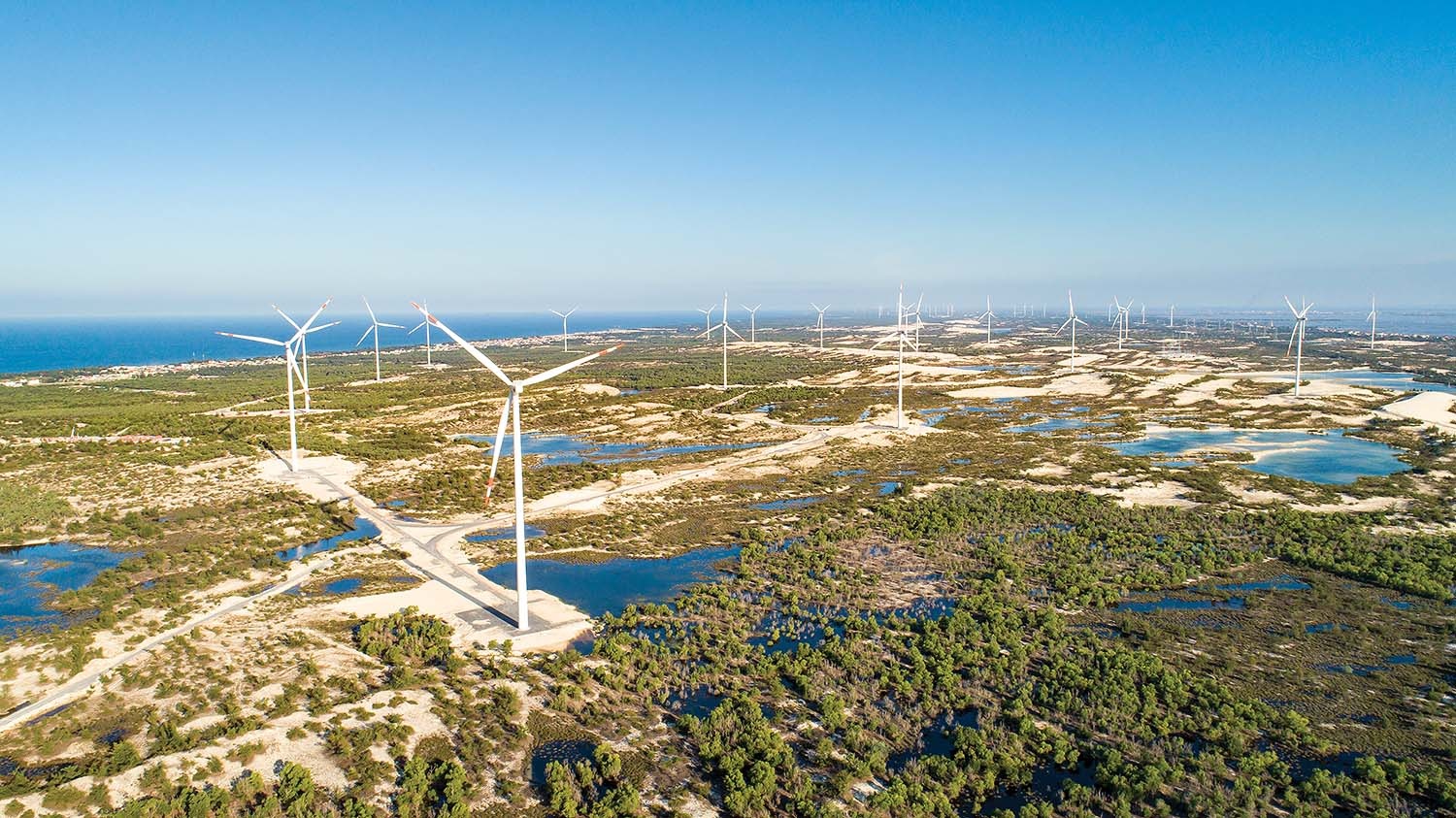

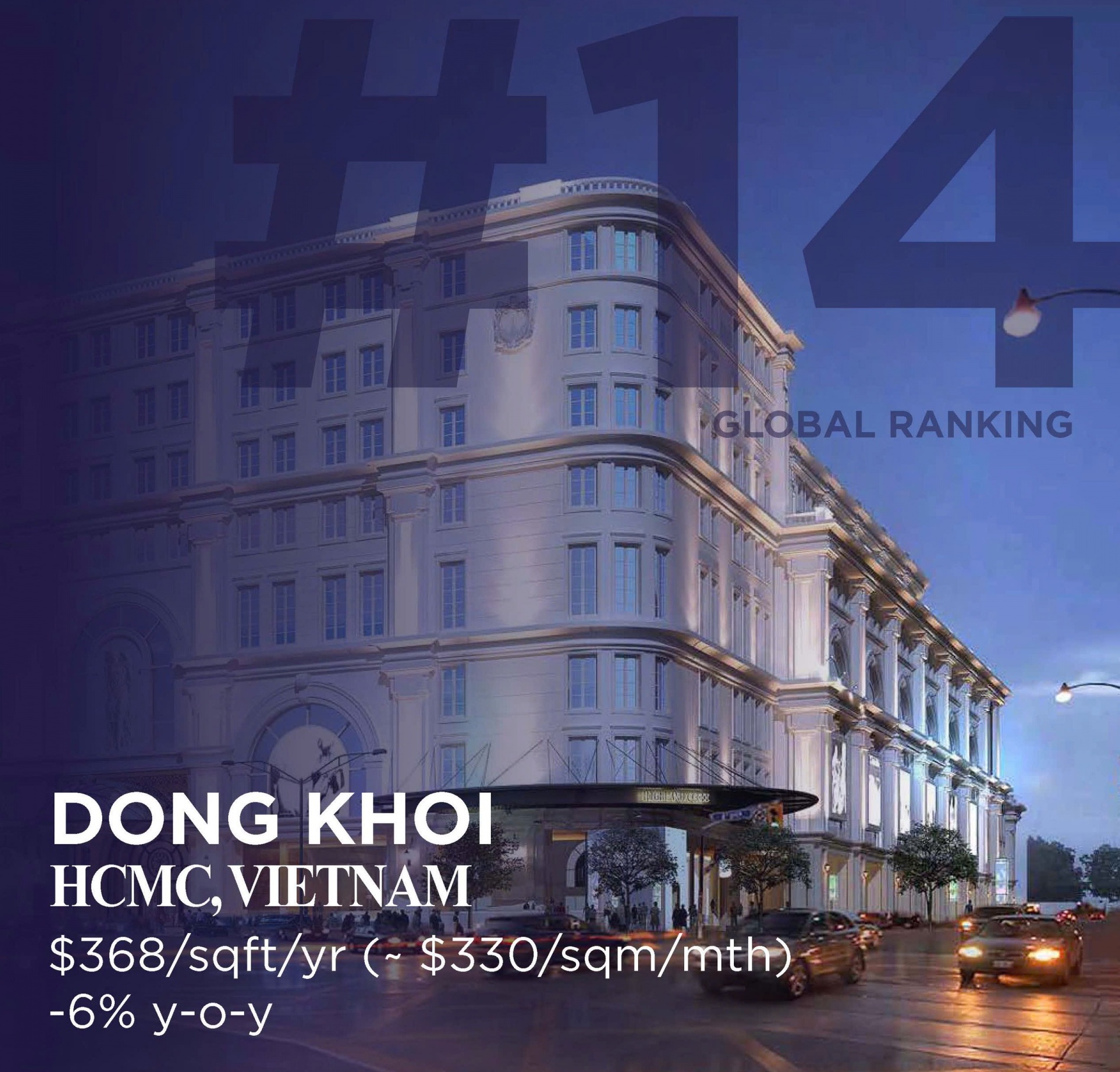
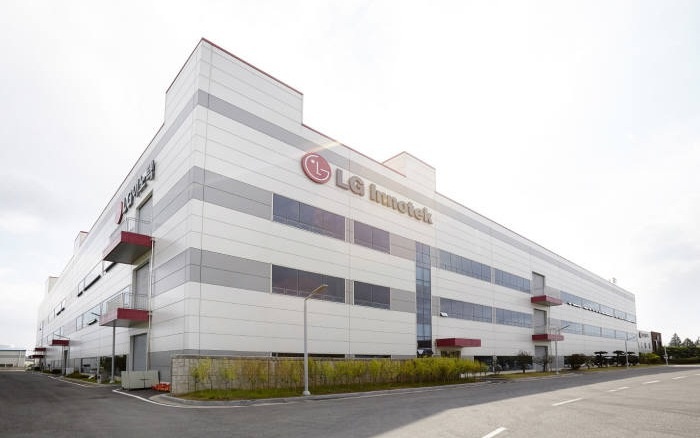



 Mobile Version
Mobile Version